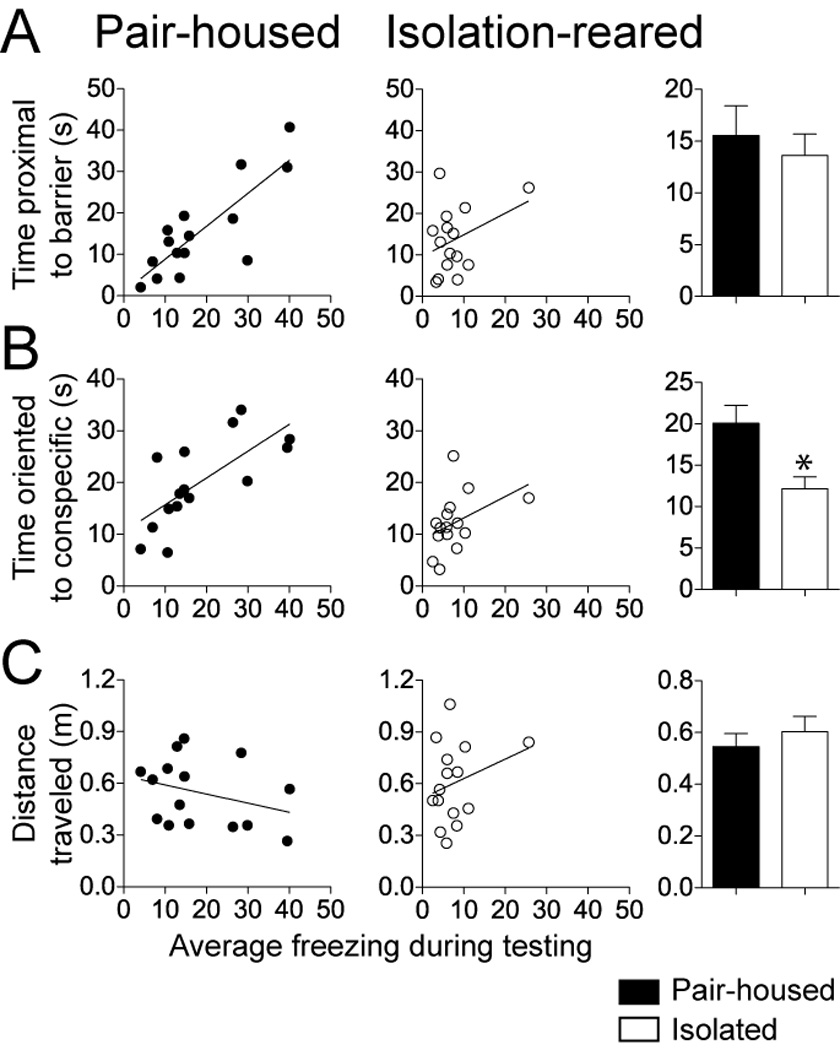Figure 3. Behavior of pair-housed, but not isolation-reared, rats during observational conditioning was correlated with conditioned freezing.

A) There was a significant correlation between the time spent close to the barrier that separated the demonstrator and observer rats during conditioning and the conditioned freezing displayed by the observer rat during testing. This correlation was observed in pair-housed but not isolation reared rats. There was no significant difference between groups in the average amount of time spent close to the barrier. B) There was a significant correlation between the amount of time that the observer rat’s head was oriented towards the demonstrator during conditioning and the amount of conditioned freezing displayed on the testing day. This correlation was observed for the pair-housed but not the isolation-reared rats. Pair-housed rats also displayed significantly greater average amount of time oriented towards the demonstrator rat during conditioning. C) There was no significant correlation between the distance traveled during conditioning and the conditioned freezing displayed during testing. Pair-housed and isolation-reared rats displayed a similar distance traveled during conditioning. Black represents pair-housed observer, white represents isolation-reared observer. * indicates p<0.05 two-tailed unpaired t-test.
